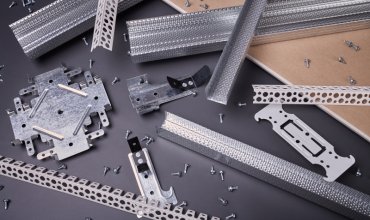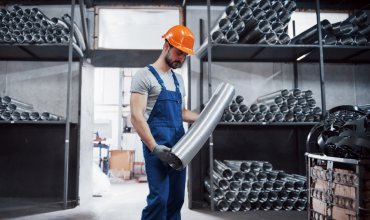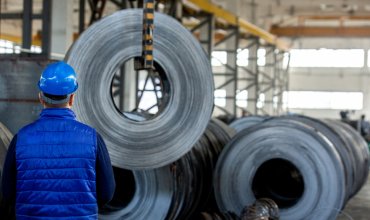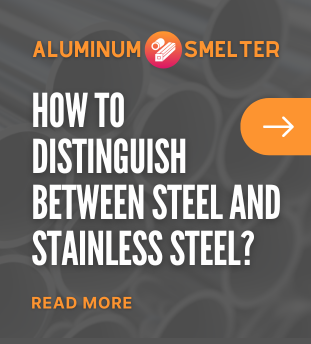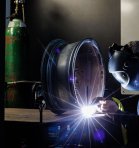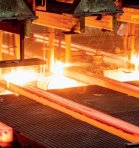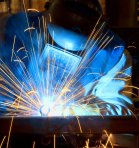Aluminum is one of the most important metals in industry and everyday life because of its unique properties, such as lightness, strength and corrosion resistance. However, to make these properties even more prominent, the anodizing process is often used. In this article, we will introduce you to what aluminum anodizing is all about, and what benefits and applications this process brings. We invite you to read on!
What is aluminum anodizing?
Definition and basic principles of anodizing
Anodizing is an electrochemical process to increase the thickness of the natural oxide layer on the aluminum surface. The process is carried out in an acidic environment, usually in a sulfuric acid bath, under the influence of direct current. The aluminum acts as an anode in the circuit, hence the name of the process.
History and development of anodizing technology
Aluminum anodizing has its roots in the early 20th century. The first applications were in the aerospace industry, where maximum corrosion resistance of the materials was needed. Modern anodizing technology is constantly evolving, providing new opportunities and solutions.
The chemical basis of anodizing
During anodizing, aluminum is immersed in an electrolytic bath and subjected to a direct current. As a result of electrochemical reactions, a layer of aluminum oxide (Al2O3) is formed on the surface of the metal, which is much harder and more resistant to corrosion than the natural oxide layer.
The anodizing process in practice
Preparation of the aluminum surface
Before starting the anodizing process, the aluminum surface must be thoroughly prepared. This process includes cleaning, degreasing and possibly removing previously applied coatings. This is necessary to achieve a uniform oxide layer.
Electrolytic bath and anodizing proper
The main component of anodizing technology is the electrolytic bath, in which the aluminum acts as an anode. A sulfuric acid bath is usually used for this purpose, but others may be used, depending on specific requirements. The anodizing process is carried out under the influence of a controlled electric current, which allows precise management of the thickness and structure of the oxide layer.
Controlling process parameters
The anodizing process requires precise monitoring of parameters such as current voltage, bath duration and temperature. Each of these parameters affects the final properties of the oxide layer, its thickness and porosity.
Types of aluminum anodizing
Hard anodizing
Hard anodizing, also known as industrial anodizing, is designed to produce a very thick and tough oxide layer. It is mainly used in industry, where maximum resistance of the material to wear and corrosion is required.
Decorative anodizing
Decorative anodizing is intended not only to increase corrosion resistance, but also to improve aesthetic qualities. The surface of the anodized aluminum can be colored in a variety of colors, allowing a wide range of applications in industries such as architecture and electronics manufacturing.
Soft anodizing
Soft anodizing, also known as thin-film anodizing, is less intense and produces a thinner oxide layer. It is used when extreme mechanical properties are not required, but a protective oxide layer is important.
Anodizing with staining
A special type of anodizing is the process with tinting, which allows a variety of colors to be produced on the aluminum surface. Dyeing can be accomplished by applying various additives to the electrolytic bath or by absorbing dyes into the porous oxide layer.
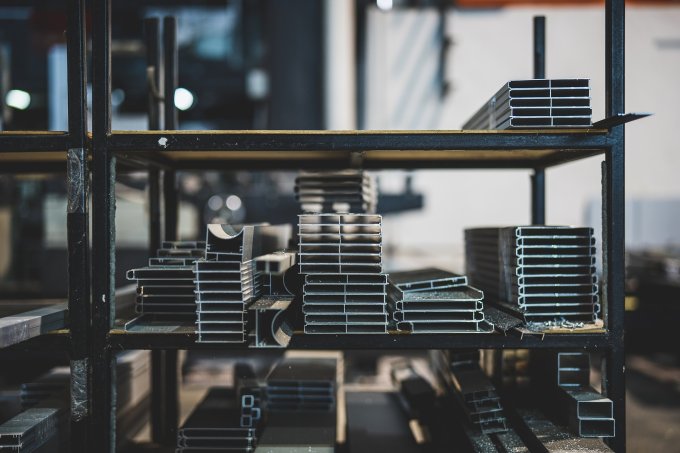
Applications for anodized aluminum
Aerospace industry
Anodized aluminum plays a key role in the aerospace industry. Its main advantages are lightness, strength and corrosion resistance, which are indispensable in harsh high-altitude operating conditions.
Automotive
In the automotive industry, anodized aluminum is not only used in the construction of frames and body components, but also in the production of elegant, durable trim pieces such as rims and grills.
Consumer electronics
Anodized aluminum is widely used in the production of electronic devices such as laptops, cell phones and tablets. The anodizing process not only protects these devices from mechanical damage and corrosion, but also gives them a modern and aesthetically pleasing appearance.
Construction and architecture
In the construction and architecture industry, anodized aluminum is used for building facades, windows, doors and other exterior structural components. Its aesthetic and resistant properties make it the first choice material in many projects.
Home and utility items
On a day-to-day basis, anodized aluminum can be found in many everyday items, such as kitchen utensils, lighting, garden furniture and even picture frames. Due to its durability and aesthetics, it is popular in the production of a wide range of products.
Benefits of anodizing aluminum
Increased resistance to corrosion
One of the main reasons for anodizing aluminum is to significantly increase its resistance to corrosion. The process produces a hard, stable oxide layer on the surface of the metal, which effectively protects it from weathering and chemical attack.
Improved mechanical properties
In addition to corrosion protection, the anodizing process also significantly improves other mechanical properties of aluminum, such as hardness, abrasion resistance and ability to withstand high loads. This makes anodized parts more durable and long-lasting.
Aesthetics and customizability
Anodized aluminum has also gained fame for its aesthetic qualities. The anodizing process makes it possible to obtain a uniform, elegant surface, which can be further colored in various colors. As a result, anodized aluminum is readily used in the production of decorative and finishing elements.
Eco-friendliness and sustainability
The anodizing process is relatively environmentally friendly compared to other methods of metal protection. It does not contain toxic heavy metals or other harmful substances. In addition, anodized aluminum is fully recyclable, making it an environmentally friendly material.
Ease of maintenance and use
Anodized aluminum is also easy to maintain. The oxide layer that protects the metal's surface is extremely durable and requires no special maintenance.
Challenges and limitations of anodizing aluminum
Production costs
One of the main challenges of anodizing aluminum is cost. The process requires specialized equipment and precise control of parameters, which can be costly, especially for large-scale production.
Technological limitations
Although anodizing is a versatile and effective process, it also has its technological limitations. For example, not all aluminum grades can be anodized in the same way, and some may not achieve the expected final properties.
Environmental impact
Although anodizing is a relatively environmentally friendly process, it produces some chemical waste that must be properly treated. Sulfuric acid, used in the anodizing process, has the potential to harm the environment if not properly managed.
Summary
Aluminum anodizing is a technology that has significant benefits in terms of increasing corrosion resistance, improving strength and aesthetics of the metal. What does aluminum anodizing consist of? It is an electrochemical process that forms a durable, protective layer of aluminum oxide on the metal surface. It is widely used in a variety of industries, from aerospace to consumer electronics. Despite some challenges and limitations, anodizing remains an indispensable process for many applications, and its development and use in Poland continues to grow.
Through anodizing, aluminum gains new and improved properties, making it one of the most versatile and functional materials available on the market. Understanding this process allows one to appreciate its importance and the opportunities it offers in the context of modern technology and sustainable development.



